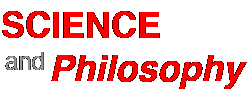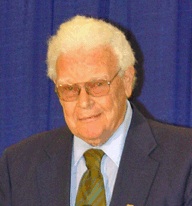Matson, Floyd W. The Broken Image, George Braziler, New York 1964 [abstract— 180 words] — the end of absolute time, space and matter
Before the twentieth century mainstream science presented the universe as a great machine strictly governed by universal laws, such as those discovered by Newton, where every cause had an effect and every effect had, in principle, a discoverable cause. Absolute certainty was possible and the descriptions of which science was capable would encom-pass the whole of knowable reality. Science and scientists were objectively neutral and their descriptions penetrated to nature’s very essence. This was the hubris called scientism.
This mechanical model began to break down as a result of the development of electromagnetic theory. It was recognized that all we knew about electricity was the way it affected our measuring instruments. It became evident as far as the science of physics is concerned, we do not “know” the entities discussed, but only their mathematical structure.
Einstein’s theory of relativity and the advent of quantum physics made it clear that the perfect precision and infallible prediction of classical physics were in principle impossible; that the concepts of absolute space, time and matter independent of human perception were illusions.


